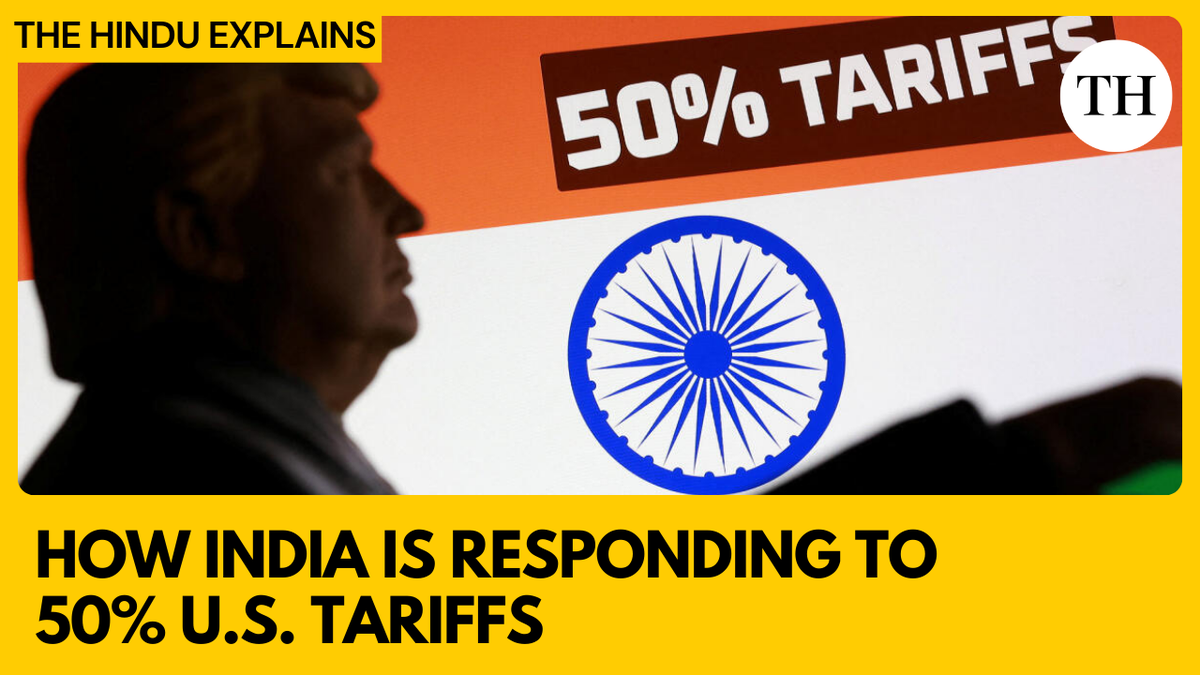 |
|
This article presents a dual nature, mentioning both economic policy regarding tariffs imposed on India and the introduction of a science newsletter. The initial part of the title, "Trump’s tariffs on India come into effect: how is India responding?", immediately frames a geopolitical and economic issue. Tariffs, a form of trade barrier, are taxes imposed on imported goods or services. When a country, like the United States under the Trump administration, imposes tariffs on another country, in this case India, it can have a significant impact on trade relations between the two nations. The core question posed by the title is how India will respond to these tariffs. Responses could range from diplomatic negotiations to retaliatory tariffs on US goods, or a combination of both. The economic impact on Indian businesses that export to the United States could be substantial, potentially leading to job losses and reduced profitability. Moreover, the increased cost of goods for American consumers is also a likely outcome. The complexity of international trade and the interwoven nature of global economies suggest that there are always cascading effects to such decisions. The political motivations for imposing tariffs are varied and can include protecting domestic industries, addressing trade imbalances, or exerting political pressure. Understanding the specific rationale behind these tariffs is crucial for analyzing the potential long-term implications. The response from India could also influence the broader geopolitical landscape, potentially shifting alliances and altering established trade patterns. The second part of the provided article content mentions a science newsletter: "Science For All The weekly newsletter from science writers takes the jargon out of science and puts the fun in!". This suggests a completely different focus than the initial framing of trade tariffs. The newsletter aims to democratize access to scientific information by simplifying complex topics and making them more engaging for a wider audience. Science communication is a vital aspect of modern society, as it enables informed decision-making on critical issues such as climate change, public health, and technological advancements. By removing jargon and focusing on making science fun, the newsletter could play a valuable role in fostering scientific literacy among the general public. The newsletter's weekly format suggests a consistent effort to keep readers up-to-date on the latest scientific discoveries and developments. Science writers who are skilled at translating complex research into accessible language are crucial for bridging the gap between the scientific community and the public. Ultimately, the article's combination of trade policy discussion and science newsletter announcement highlights the diverse range of topics that can impact society and the importance of informed understanding in both realms. The success of any trade policy decision hinges on a thorough understanding of the global economic landscape, while the advancement of scientific knowledge requires effective communication and public engagement. The contrasting elements of the article showcase the need for multiple perspectives and well-informed decision-making in both the world of politics and scientific literacy.
Source: Trump’s tariffs on India come into effect: how is India responding?
